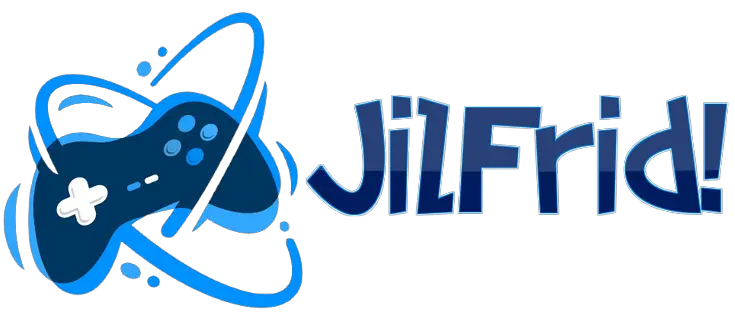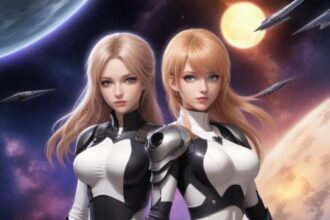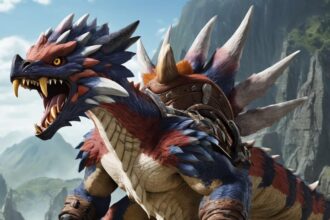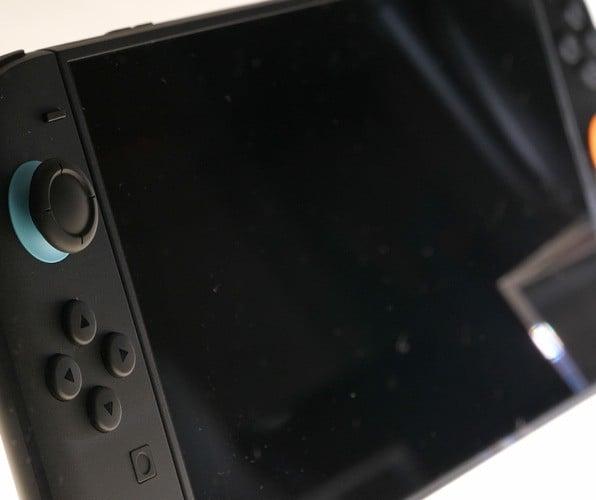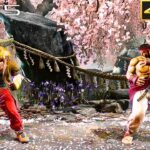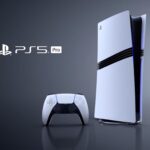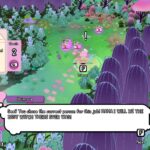As the curtains draw open on the latest chapter in Nintendo’s storied history, the Nintendo Switch 2 has taken center stage, dazzling gamers with its sleek design, robust performance, and innovative features. But what truly sets this console apart is not its flashy new specs or trendy aesthetics – it’s the subtle yet profound impact it has on our perception of its predecessor. It’s as if the Switch 2 has cast a nostalgic glow on the original, illuminating the milestones that led to this moment and redefining our appreciation for the pioneering handheld that started it all. As we delve into the nuances of Nintendo’s latest creation, we find ourselves drawn back to the system that started the Switch revolution, and it’s there that the true magic of the Switch 2 reveals itself. In this article, we’ll explore the captivating phenomenon of going back to the original Switch after experiencing its upgraded counterpart, and what this says about the enduring legacy of Nintendo’s beloved gaming console.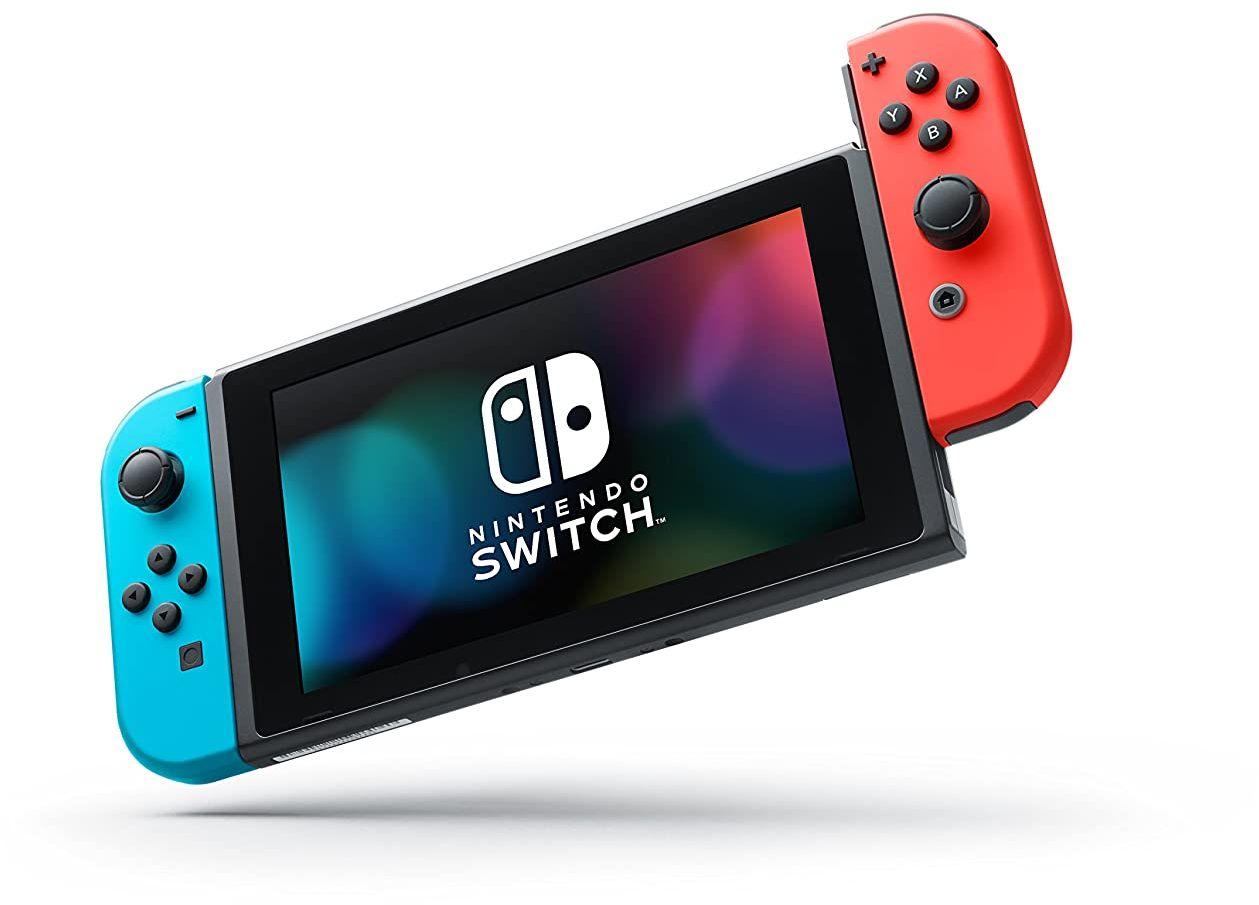
Back to the Past with a Side of Disappointment
Revisiting old friends, or in this case, old games, can be a bittersweet experience. When I started switching (pun intended) between my Nintendo Switch and the new Nintendo Switch 2, I was excited to see how my favorite games would hold up on the new hardware. Unfortunately, that excitement was short-lived.
Upon firing up The Legend of Zelda: Breath of the Wild, I was immediately struck by how rough the game looks in comparison to more recent titles. The pop-in, the framerate stutters, and the muddy textures all seemed more jarring on the Nintendo Switch 2. It’s not that the game doesn’t run well; it’s just that the new hardware has spoiled me. In contrast, games like Super Mario Odyssey and Mario Kart 8 Deluxe still hold up surprisingly well, with their colorful visuals and smooth gameplay.
| Game | Performance on Switch 2 |
|---|---|
| The Legend of Zelda: Breath of the Wild | Some framerate stutters, noticeable pop-in |
| Super Mario Odyssey | Smooth performance, no major issues |
| Mario Kart 8 Deluxe | Still a top-notch experience, minor minor framerate dips |
As I explored my old library, I began to notice a few common issues. Some games, like Diablo III: Eternal Collection, seemed to take advantage of the new hardware, with significantly shorter loading times. Others, like Overcooked 2, still had some of the same texture issues and minor performance hiccups I remembered from my original Switch.
- Loading times: Shorter loading times in games like Diablo III: Eternal Collection
- Texture issues: Still present in games like Overcooked 2
- Framerate performance:** Varies between games, with some showing significant improvements
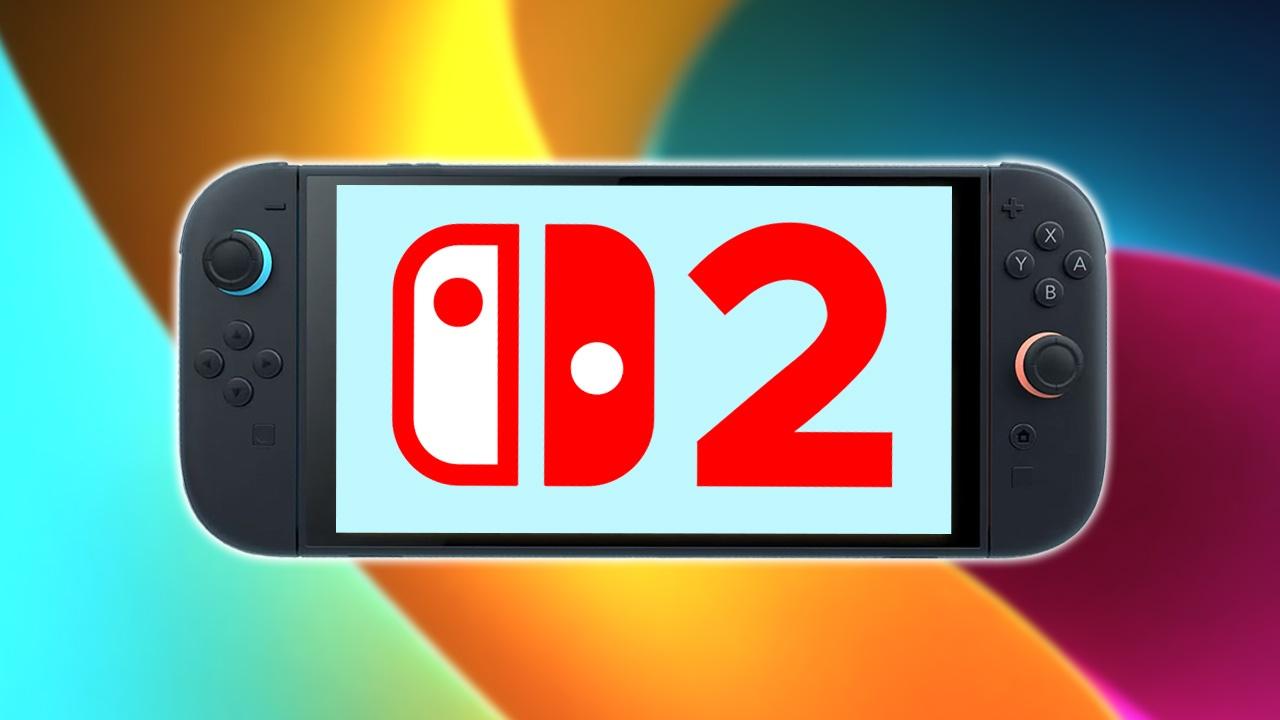
Nintendo Switch 2 versus Original Hardware
Upgrading to the Nintendo Switch 2 has been an eye-opening experience for many gamers. The improved performance, enhanced visuals, and new features are a significant step up from the original hardware. One of the most noticeable differences is the increased frame rate, which makes fast-paced games like Super Smash Bros. Ultimate and The Legend of Zelda: Breath of the Wild feel even more responsive and immersive.
When you switch back to your old Switch, you’ll likely notice the following differences:
Longer loading times: Games that were optimized for the Nintendo Switch 2 will load faster on the new hardware, making the original Switch feel sluggish in comparison.
Lower resolution: The Nintendo Switch 2’s support for 4K resolution and higher frame rates makes the original Switch’s 1080p resolution feel somewhat dated.
* Older games may not take advantage of new features: Games that were released before the Nintendo Switch 2 may not be optimized to take advantage of the new hardware’s features, such as the improved processor and memory.
| Feature | Nintendo Switch 2 | Original Nintendo Switch |
|---|---|---|
| Resolution | Up to 4K (3840 x 2160) | Up to 1080p (1920 x 1080) |
| Frame Rate | Up to 120 FPS | Up to 60 FPS |
| Processor | Custom NVIDIA Tegra X1+ | Custom NVIDIA Tegra X1 |
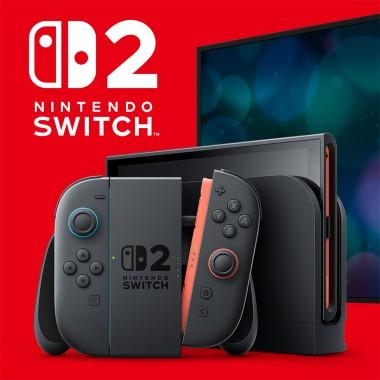
Design Evolution and Improved Build Quality
The Switch’s design has undergone subtle yet significant refinements, elevating the overall user experience. Gone are the flimsy, creaky plastics that often plagued the original model. Instead, the new console boasts a more premium feel, thanks to the sturdy build quality and rounded edges that fit comfortably in your hands.
Bold new design choices are accompanied by a revamped display, featuring a brighter and more color-accurate OLED screen. The differences may seem minor at first glance, but placing side by side with its predecessor reveals enhanced contrast ratios and a more extensive color palette, further enhancing an already enjoyable gaming experience. A notable comparison can be made in terms of display quality between old and new models:
| Features | Nintendo Switch (Old Model) | Nintendo Switch 2 |
|---|---|---|
| Screen Type | LCD with resolution of 720p | OLED with resolution up to 1080p |
| Contrast Ratio | High Dynamic Range | |
| Brightness (cd/m²) | up to 300 | up to 600 |
- Precision-drilled vents improve airflow and dissipate heat more efficiently.
- Grip textures provide improved ergonomics and a secure hold.
- Redesigned kickstand offers larger adjustability range for different gaming angles.

A World of Difference in Visual Fidelity
The disparity in visual fidelity between the Nintendo Switch 2 and its predecessor becomes apparent when you go back to your old console. It’s not just about the slightly higher pixel density or the OLED screen – it’s about the overall package. Playing games like The Legend of Zelda: Breath of the Wild or Super Mario Odyssey on the new Switch 2, you can’t help but notice the differences in texture quality, character models, and lighting. The result is a more immersive gaming experience that draws you in and refuses to let go.
Here are some key areas where the Nintendo Switch 2 outshines its predecessor:
- Resolution and Frame Rate: Higher resolutions (up to 4K) and smoother frame rates (up to 120fps) make for a more engaging gaming experience.
- Texture Quality: More detailed textures and higher polygon counts create a more realistic environment.
- Lighting and Shadows: Improved lighting effects and more accurate shadow rendering add depth to the game world.
- Character Models: More detailed character models and fluid animations bring characters to life.
| Visual Feature | Nintendo Switch | Nintendo Switch 2 |
| Resolution | Up to 1080p | Up to 4K |
| Frame Rate | Up to 60fps | Up to 120fps |
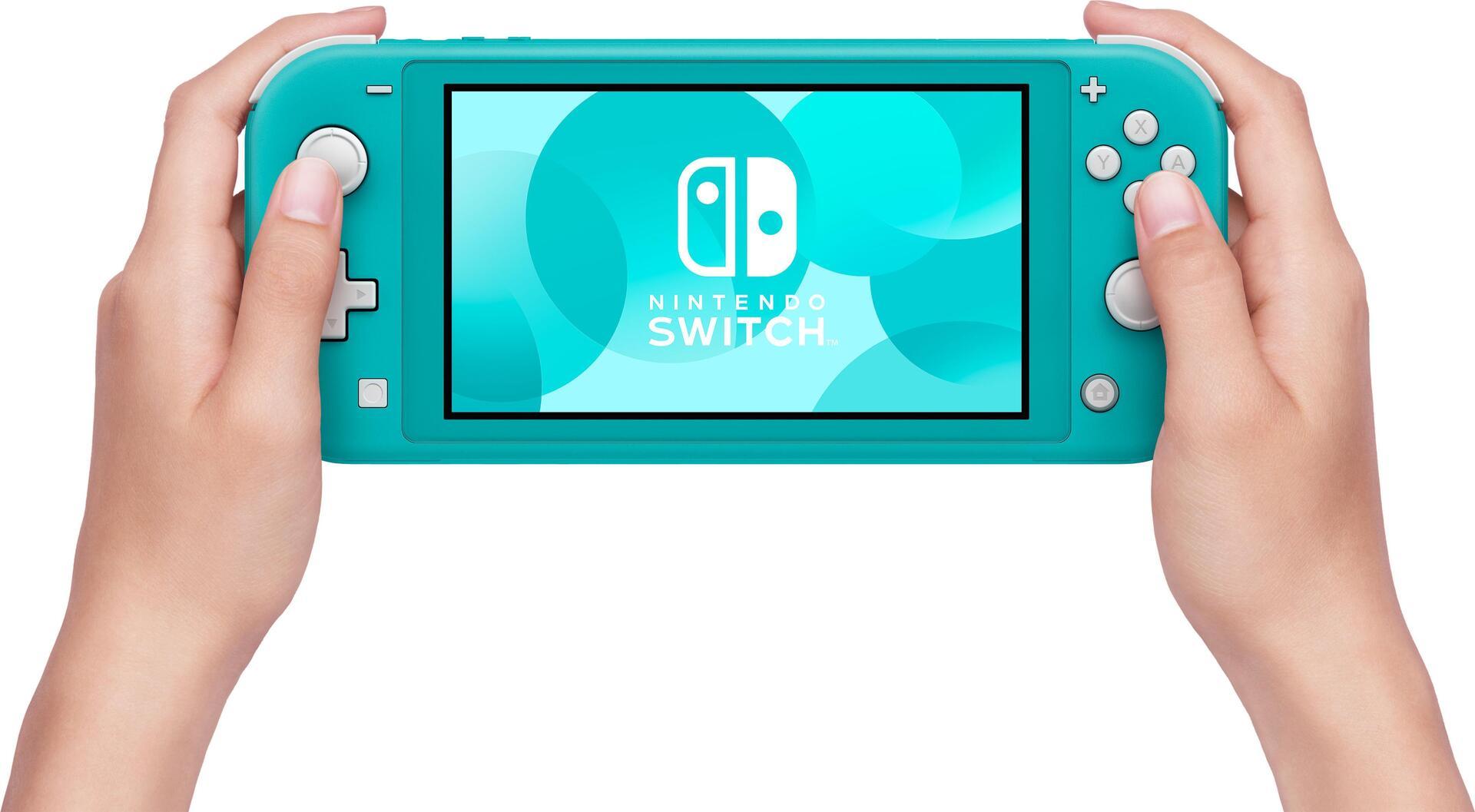
JoyCon Enhancements and a New Controller Option
The upgraded JoyCon controllers are instantly noticeable, with a modified design featuring a more rounded look. This subtle change makes a world of difference in comfort and reduces finger fatigue significantly. Adjustable trigger depths and haptic feedback also contribute to a more immersive gaming experience.
These advancements are amplified with the introduction of Nintendo’s new controller option: the Nintendo Switch Pro remote. Key features include:
Interchangeable thumbsticks
Longer battery life, up to 40 hours on a single charge
* Improved ergonomics, tailored to fit the natural curve of the hand
| Controller Option | Adjustable Trigger Depths | Haptic Feedback |
|---|---|---|
| JoyCon | Yes | Yes |
| Nintendo Switch Pro Remote | Yes | Yes |

Revisiting Old Favorites on the New Hardware
On the latest iteration of Nintendo’s iconic console, it’s amazing how well old favorites have managed to stand the test of time. The enhanced hardware is particularly noticeable when playing games like The Legend of Zelda: Breath of the Wild or Super Mario Odyssey. For instance, running The Legend of Zelda: Breath of the Wild at a higher resolution and frame rate makes it feel like a new experience.
Playing these classic titles again also highlights just how much of a graphical leap the new console is capable of. Some notable examples include:
| Original Frame Rate | New Frame Rate | |
| The Legend of Zelda: Breath of the Wild | 30 FPS | 60 FPS |
| Super Mario Odyssey | 60 FPS | 120 FPS |
- Improved character models
- More detailed textures and environments
- Better lighting effects
These subtle yet significant upgrades to the graphics not only make the old games more enjoyable, but they also set a higher bar for Nintendo’s future releases.
Future Outlook
As the curtains close on our first impressions of the Nintendo Switch 2, one thing becomes clear: the true test of greatness lies not in the wizardry of the present, but in the memories of the past. Like a comforting blanket, the familiarity of our old Switch consoles beckons, only to be replaced by the lingering thoughts of ‘what could’ve been’ if they had just a little more. The Switch 2’s dazzling display and seamless performance shine brighter when juxtaposed with the consoles we’ve grown to love. It’s a bittersweet realization that serves as a poignant reminder: sometimes, the most profound impressions are the ones we don’t notice until they’re gone.
